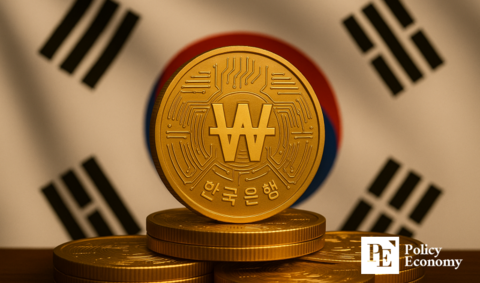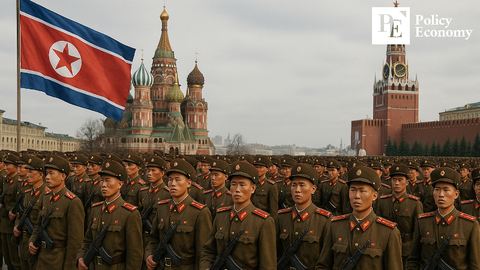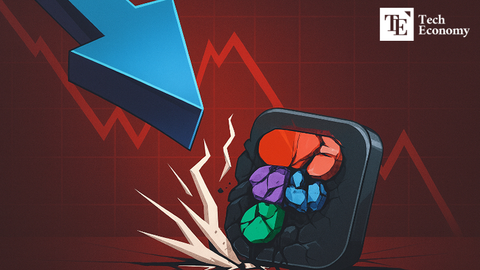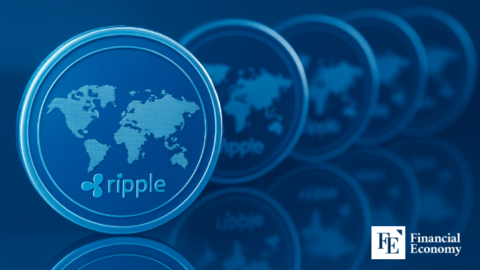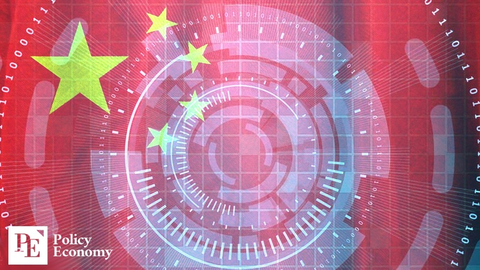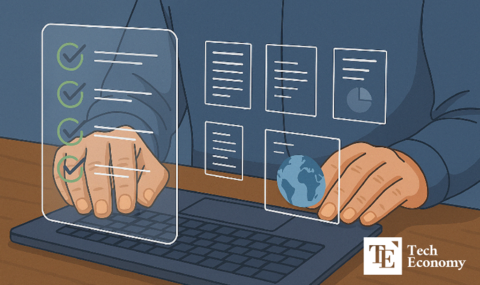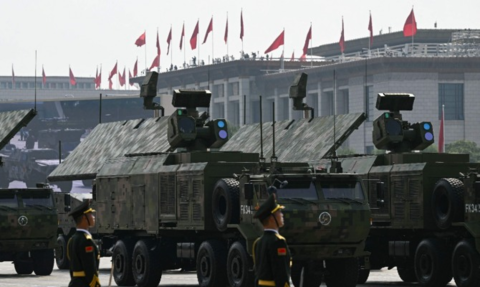Trump’s USAID Funding Cuts and Its Far-reaching Consequences
Input
Changed
The Scale of the Cuts: What the USAID Layoffs Mean Criticism and the Impact on Global Health and Humanitarian Aid Trump’s Influence on Foreign Policy
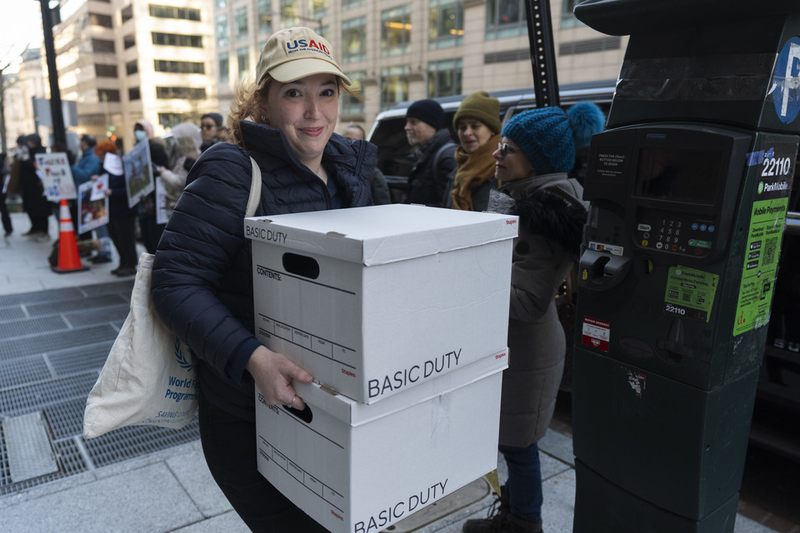
The Scale of the Cuts: What the USAID Layoffs Mean
In a sweeping move that has drawn widespread attention and controversy, the Trump administration recently implemented a series of drastic cuts to the U.S. Agency for International Development (USAID). Thousands of staffers have been furloughed, with over 2,000 workers being fired, significantly reducing the agency's personnel. This restructuring is poised to have profound effects on the future of U.S. foreign aid, particularly the health and humanitarian sectors that the agency traditionally supports. As USAID enters this period of upheaval, many are left questioning the long-term impact on global aid efforts and what these cuts mean for America’s role in international diplomacy and assistance.
The USAID, an independent agency of the U.S. government, is responsible for providing civilian foreign aid and development assistance to countries in need, particularly focusing on global health, poverty alleviation, and economic development. For decades, it has played a crucial role in American foreign policy, helping to maintain the country's image as a leading force for global good. However, recent developments under the Trump administration have cast a shadow over this image, raising concerns about the sustainability and effectiveness of U.S. foreign aid in the years to come.
Reports indicate that the Trump administration’s decision to fire 2,000 USAID employees and put thousands of others on leave has shocked many in the foreign aid sector. The move comes as part of a broader strategy to scale back government programs and reduce what the administration considers unnecessary expenditures. In total, USAID’s workforce could be reduced by more than half in the coming months, severely limiting the agency’s ability to carry out its mission of global development and humanitarian assistance.
While the administration justifies the cuts as necessary for improving efficiency and eliminating waste, critics argue that the reductions could cripple USAID’s operations and undermine critical international partnerships. These layoffs will not only disrupt vital programs but may also compromise the United States' ability to respond to urgent global crises, such as natural disasters, infectious diseases, and humanitarian emergencies.
The personnel cuts come amid growing dissatisfaction with the size and scope of U.S. foreign aid. President Trump has long criticized the cost of foreign assistance, citing the strain it places on American taxpayers. However, many experts argue that the administration's cuts go too far, particularly in light of USAID's crucial role in addressing global challenges like health crises and poverty.
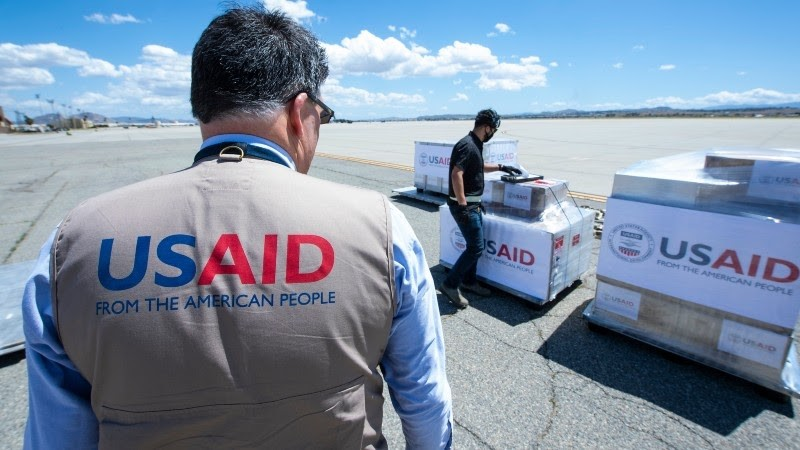
Criticism and the Impact on Global Health and Humanitarian Aid
One of the most significant concerns about the USAID cuts is the potential harm to global health initiatives. USAID’s work is instrumental in providing life-saving support to countries battling epidemics, malnutrition, and lack of access to basic healthcare services. Reports indicate that USAID’s $10 billion health program has been instrumental in combatting the spread of infectious diseases like HIV/AIDS, tuberculosis, and malaria, as well as providing essential maternal and child health services.
These cuts, if implemented as planned, could result in the disruption of ongoing health projects, leaving vulnerable populations without essential care. Many critics argue that the cuts to USAID represent a short-sighted approach to foreign policy, one that could have long-term negative consequences for global public health.
Moreover, USAID's funding has supported initiatives aimed at stabilizing fragile countries and preventing the spread of violent extremism. The agency has helped reduce poverty, support democratic governance, and foster economic development in some of the world’s most unstable regions. With the agency now facing such dramatic cuts, the ripple effects could be felt across the globe, potentially exacerbating political instability and security threats.
While many experts agree that USAID needs reform to become more efficient and effective, the scale and speed of the Trump administration’s cuts have raised alarms. Critics argue that such deep reductions will likely do more harm than good. Some reports discuss the need for USAID reform but caution that the current approach risks undermining the agency’s core functions.
Reforming USAID should be about improving operational efficiency and ensuring that taxpayer dollars are spent wisely. This could involve streamlining administrative processes, consolidating programs with overlapping goals, and ensuring better coordination between various government agencies and international partners. However, critics argue that the administration’s approach — which involves slashing staff and reducing funding — is counterproductive and risks undermining the very programs that have proven to be successful over the years.
The United States has historically been one of the largest contributors to global health and humanitarian assistance, and many fear that this move signals a shift away from those commitments. Moreover, the abruptness of the cuts raises questions about the future stability of U.S. foreign aid and whether the government will be able to maintain its position as a global leader in addressing crises like poverty, disease, and climate change.

Trump’s Influence on Foreign Policy
The decision to dramatically reduce USAID’s budget and staff is part of a larger political strategy under the Trump administration, one that seeks to redefine America’s role in the world. President Trump has long been an advocate for reducing U.S. involvement in foreign affairs, often arguing that American taxpayers should not bear the burden of supporting foreign governments.
By slashing USAID’s workforce and budget, the Trump administration is signaling a shift in foreign policy priorities. Critics argue that this approach could undermine America’s credibility and diplomatic relationships, particularly with countries in the Global South that rely on U.S. aid to support economic development and address pressing challenges like hunger, disease, and climate change.
However, it is also important to acknowledge that the Trump administration’s stance on foreign aid is not entirely unprecedented. There has been a longstanding debate in U.S. politics about the size and scope of foreign assistance. Some argue that the U.S. should prioritize domestic spending over international aid, particularly given the country’s ongoing budget deficits. Others, however, believe that U.S. foreign aid is an essential tool for advancing American interests abroad, building alliances, and promoting global stability.
The Trump administration’s cuts to USAID come at a time when the global landscape is changing rapidly. The rise of China and other emerging economies has shifted the balance of power in international development, and many countries in the Global South are looking for alternative sources of funding and support. China, for example, has become a major player in global development, providing loans and infrastructure investments to countries across Africa, Asia, and Latin America. As U.S. foreign aid declines, these countries may increasingly turn to China and other powers for assistance.
However, the U.S. still plays a pivotal role in global development, and the cuts to USAID raise important questions about whether the country will remain a leader in these efforts. The future of global development will depend on how the U.S. chooses to engage with the world and whether it continues to invest in programs that promote stability, health, and prosperity in some of the most vulnerable regions.
The Trump administration’s decision to cut thousands of USAID jobs and drastically reduce the agency’s budget is a controversial move that has far-reaching implications. While there is agreement that USAID requires reform, the speed and scale of these cuts are concerning, particularly in light of the agency’s vital role in global health, humanitarian assistance, and economic development.
The impact of these cuts will likely be felt across the globe, especially in regions that rely heavily on U.S. aid for addressing critical issues like disease, poverty, and political instability. As the global development landscape continues to evolve, the question remains: Will the U.S. continue to lead the way in foreign aid, or will it retreat from this role, leaving space for other powers to step in?
As the debate around USAID’s future unfolds, one thing is clear — the decisions made in the coming years will shape America’s international relationships and its global influence for decades to come.

